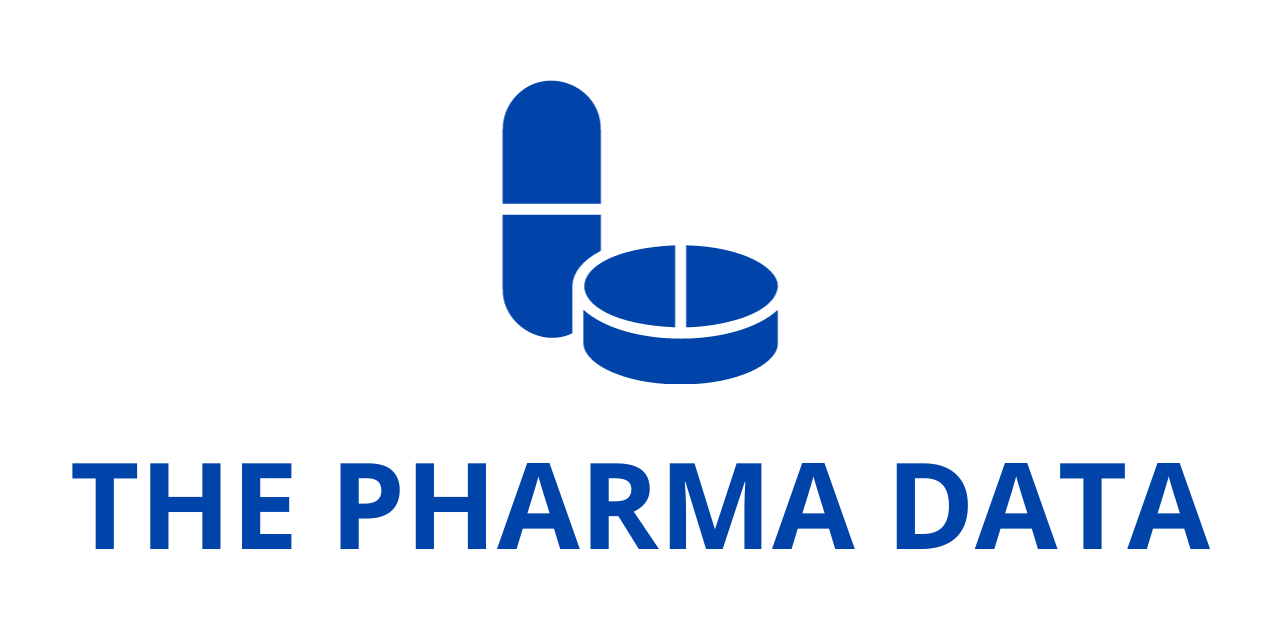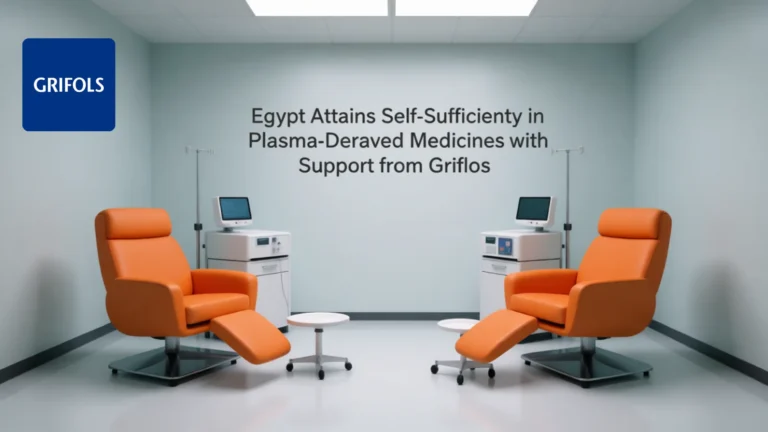
Aulos Bioscience Unveils Encouraging New Phase 2 Data Highlighting Imneskibart’s Clinical Activity in Melanoma and Non–Small Cell Lung Cancer
Aulos Bioscience, a clinical-stage immuno-oncology company advancing next-generation immune-modulating therapies, has presented promising new clinical data from its ongoing Phase 2 evaluation of imneskibart (AU-007). The investigational therapeutic, designed to re-engineer interleukin-2 (IL-2) biology to drive more selective immune activation, is being studied in patients with melanoma and non-small cell lung cancer (NSCLC) who have progressed after checkpoint inhibitor (CPI) therapy. These findings were shared in a poster presentation at the prestigious 40th Annual Meeting of the Society for Immunotherapy of Cancer (SITC), held in National Harbor, Maryland.
The newly reported results provide compelling clinical evidence supporting the emerging potential of imneskibart combined with low-dose subcutaneous aldesleukin — and in certain cohorts with checkpoint inhibitors — to elicit sustained tumor responses in heavily pretreated populations. Most importantly, the data reinforce the candidate’s unique ability to selectively increase the ratio of cytotoxic CD8+ T cells relative to regulatory T cells (Tregs), a critical biomarker linked to extended survival benefits and longer time on therapy.
These observations align with growing interest in IL-2 pathway modulation, especially for patients whose cancer has become resistant to currently approved CPI regimens. Given the limitations of existing therapies, including resistance and immune escape mechanisms, imneskibart’s differentiated clinical activity in refractory disease positions it as a potentially important addition to the evolving cancer immunotherapy landscape.
Reinforcing Key Scientific Concepts
IL-2–based therapies historically have been challenged by systemic toxicity and a lack of selectivity, activating both T effector cells and immunosuppressive cells such as Tregs. This dual action can limit anti-tumor efficacy while heightening adverse effects. Imneskibart represents an approach designed to avoid this imbalance. The therapeutic is engineered to block IL-2 engagement with the CD25 subunit of the high-affinity IL-2 receptor, which is heavily expressed on Tregs, while preserving and enhancing IL-2 signaling on activated cytotoxic CD8+ T cells and natural killer (NK) cells.
By carefully pairing imneskibart with a low-dose IL-2 loading strategy, the treatment is intended to establish a more favorable immunologic environment for tumor control. The newly released Phase 2 findings show evidence that this mechanistic approach translates into clinical benefit.
Leadership Perspective: A Clear Competitive Edge in IL-2 Class Therapies
In discussing the SITC findings, Aulos Bioscience president and chief executive officer Aron Knickerbocker emphasized that the new Bioscience data strengthen the company’s longstanding belief in imneskibart’s unique clinical profile. He noted that the therapy is demonstrating an ability to stimulate durable tumor regression by enhancing effector cell proliferation and reducing immunosuppressive Tregs — a distinction not seen in any other IL-2-directed agent to date.
“Today’s data provide the most compelling support yet for our long-held view that imneskibart is clearly differentiated and has unmatched competitive advantages within the IL-2 class,” Knickerbocker said. He highlighted that imneskibart’s capacity to drive meaningful expansion of T effector and NK cells, while simultaneously reducing Treg populations, is resulting in deeper and more durable responses — even in patients who have already progressed following doublet checkpoint inhibitor therapy.
More importantly, Knickerbocker pointed to emerging evidence linking a higher CD8/Treg ratio with improved progression-free survival (PFS), overall survival (OS), and longer time on treatment — outcomes that ultimately matter most to patients facing advanced malignancies.
“What excites our team most,” he Bioscience added, “is the clear link that we see between a higher CD8/Treg ratio and longer treatment duration as well as overall survival, which is making a real difference in patients’ lives.”
Highlights from the Ongoing Phase 1/2 Study
As of September 29, 2025, the study had enrolled 93 patients across Phase 1 and Phase 2 expansion cohorts in CPI-refractory melanoma and NSCLC. The Phase 1 portion, which explored dose escalation, has been completed. Phase 2 expansion cohorts continue to enroll patients.
Below are the key findings from the interim Phase 2 analysis.
Strong Anti-Tumor Activity in CPI-Refractory Melanoma
Imneskibart combined with a single loading dose of subcutaneous aldesleukin demonstrated significant and sustained Bioscience tumor shrinkages in patients with melanoma who had progressed following doublet CPI regimens, including anti-CTLA-4, anti-PD-1, and anti-LAG-3 therapies.
- Durable Treatment Persistence:
Of the 14 melanoma patients treated with imneskibart plus low-dose aldesleukin without concurrent CPI therapy, six continue on treatment. - Deep Response Durations:
Three patients showing the deepest tumor reductions remained on treatment for over a year.- One patient achieved a 48% tumor reduction and remained on treatment for 14 months.
- A second patient with a 58% tumor reduction has remained on therapy for over 18 months.
- A third patient achieved a complete response (100% reduction in target lesions) and continues on treatment beyond 21 months.
These results underscore the Bioscience durability of benefit and clinical relevance of the imneskibart–aldesleukin regimen in a population with limited treatment options.
Promising Early Anti-Tumor Activity with Nivolumab Combination in Melanoma
A second melanoma cohort evaluated imneskibart together with low-dose aldesleukin and nivolumab (anti-PD-1). Five patients with prior progression on doublet-CPI therapy were treated.

- Three out of five remain on treatment, a notable achievement given prior CPI failure.
- No dose-limiting toxicities were observed during safety run-in.
- The combination regimen used a low loading dose (45,000 IU/kg) of aldesleukin during safety evaluation. The recommended Phase 2 dose (135,000 IU/kg) is now being used, accompanied by imneskibart at 9 mg/kg IV every two weeks (Q2W) and nivolumab 480 mg IV every four weeks (Q4W).
This combination strategy is being further explored to determine the additive value of checkpoint blockade alongside IL-2 pathway modulation.
Clinical Activity in PD-L1–Positive NSCLC
In the NSCLC cohort, imneskibart Bioscience plus low-dose aldesleukin demonstrated early evidence of tumor control in patients with PD-L1–positive tumors that had progressed after CPI-based therapy, with or without chemotherapy.
Some patients also received avelumab, a PD-L1 inhibitor with antibody-dependent cellular cytotoxicity (ADCC) activity.
- Two patients receiving imneskibart, aldesleukin, and avelumab showed tumor reductions of 43% and 48%; one patient remains on treatment.
- Among nine patients treated with the three-agent combination, four experienced measurable tumor regression.
Given the difficulty in treating CPI-refractory NSCLC, these findings are particularly noteworthy. They point to a potential role for imneskibart-based Bioscience combinations in restoring or enhancing anti-tumor immunity in highly resistant disease.
Responses Observed in Other Solid Tumors
Although the expansion cohorts primarily focus on melanoma and NSCLC, imneskibart also demonstrated meaningful and prolonged benefit in two patients with other advanced malignancies.
- Metastatic Bladder Cancer
- A patient whose disease progressed following anti-PD-L1 therapy experienced a confirmed metabolic complete response on Bioscience imneskibart plus low-dose aldesleukin.
- The patient has remained on treatment for nearly three years and now tests negative for circulating tumor DNA (ctDNA), indicating deep molecular remission.
- Metastatic Nasopharyngeal Head & Neck Cancer
- A patient who previously progressed on five systemic regimens achieved a confirmed complete response after 20 months of therapy and continues treatment.
These individual cases suggest broader applicability of imneskibart across solid tumors beyond the current indications under study.
Mechanistic Rationale: CD8/Treg Ratio as a Key Biomarker
One of the most compelling aspects of the emerging data relates to pharmacodynamic observations illustrating a strong correlation Bioscience between therapeutic response and modulation of immune-cell populations.
- Patients with melanoma who achieved at least a 2.1-fold rise over baseline in CD8/Treg ratio experienced:
- Longer overall survival (OS)
- Longer progression-free survival (PFS)
- Longer time on treatment
- Durable reductions in Treg cell populations were seen, accompanied by increases in CD8/Treg ratios — consistent with the drug’s intended mechanism.
- Importantly, the addition of nivolumab did not appear to diminish Treg suppression, reinforcing a mechanistically compatible combination regimen.
These findings validate the therapeutic strategy: skewing IL-2 activity toward cytotoxic T cells and NK cells while limiting Treg activation enhances anti-tumor immunity and clinical benefit.
Safety and Tolerability: Manageable Profile Across Cohorts
Imneskibart continues to exhibit an encouraging safety profile. Across all evaluated cohorts:
- Most treatment-related adverse events (AEs) were Grade 1–2, suggesting mild intensity.
- Grade 3–4 AEs remained infrequent.
- The addition of avelumab or Bioscience nivolumab did not increase rates of severe AEs.
- The most common severe AE was transient lymphopenia (3–7 days) — a known effect of IL-2 — without associated clinical consequences.
- One case of Grade 4 cytokine release syndrome (CRS) was reported. It resolved successfully with steroids, IV fluids, and brief vasopressor support. Retrospective analysis suggested that elevated IL-6 levels, likely attributable to underlying gout, may have contributed.
The consistency of safety across monotherapy and combination arms suggests broad potential applicability and expands possibilities for downstream clinical development.
Ongoing Phase 2 Expansion and Next Steps
The ongoing clinical program includes multiple Phase 2 expansion cohorts:
- Melanoma (Monotherapy Combination Regimen)
- Evaluating imneskibart + low-dose aldesleukin in unresectable/metastatic melanoma after double CPI therapy.
- Melanoma (Triplet Regimen with CPI)
- Evaluating imneskibart + low-dose aldesleukin + nivolumab in BRAF/MEK inhibitor-naïve patients with second-line cutaneous melanoma.
- NSCLC (Triplet Regimen)
- Evaluating imneskibart + low-dose aldesleukin + avelumab in PD-L1–positive NSCLC progressing after CPI ± chemotherapy.
Aulos anticipates reporting comprehensive data from these ongoing Phase 2 cohorts by mid-2026.
Abstract and Resource Availability
The SITC 2025 presentation,
“Imneskibart, a human monoclonal antibody (mAb) that binds IL-2 and prevents CD25 binding, + low-dose subcutaneous IL-2: Phase 2 update on CPI-refractory Bioscience melanoma and non-small cell lung cancer (NSCLC)” (Abstract #651), is available electronically to SITC attendees via the virtual meeting platform. The abstract is also accessible through the Aulos Bioscience website under Abstracts and Publications.
For more information, including site locations and eligibility, the imneskibart Phase 2 program is listed on ClinicalTrials.gov under identifier NCT05267626.
U.S. patients and physicians may visit www.solidtumorstudy.com, while Australian patients and providers may refer to www.solidtumourstudy.com to learn more.
The latest Phase 2 interim data presented by Aulos Bioscience build strong support for the therapeutic potential of imneskibart, particularly when combined with low-dose subcutaneous aldesleukin. The therapy has demonstrated compelling clinical activity, durable tumor responses, and a manageable safety profile across melanoma and NSCLC cohorts — including in highly treatment-resistant patients.
Mechanistically, the data reinforce the importance of the CD8/Treg ratio as a Bioscience critical marker of response, validating imneskibart’s unique engineering within the IL-2 class. As Phase 2 continues and expansion cohorts mature, Bioscience imneskibart may emerge as a first-in-class IL-2-based immunotherapy capable of overcoming CPI resistance and reshaping treatment strategies for multiple solid tumors.
With comprehensive Phase 2 data expected in 2026, Aulos Bioscience appears well-positioned to advance into late-stage development and potentially offer new hope to patients with historically difficult-to-treat cancers.
Source Link: https://www.businesswire.com/




